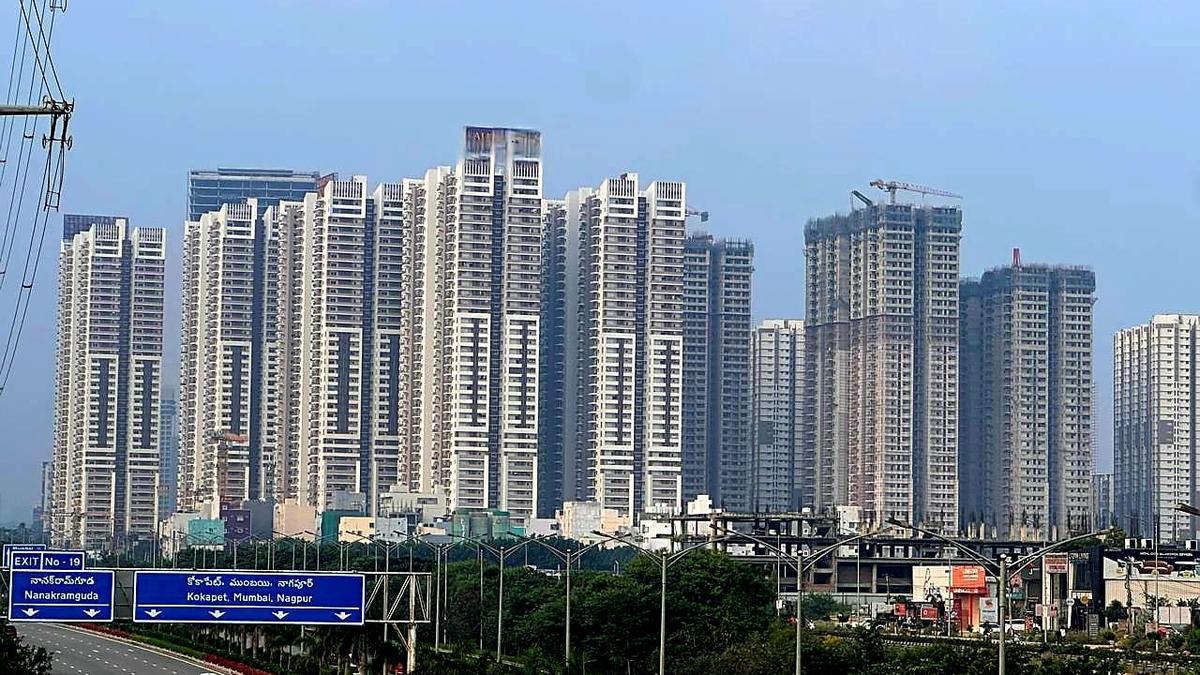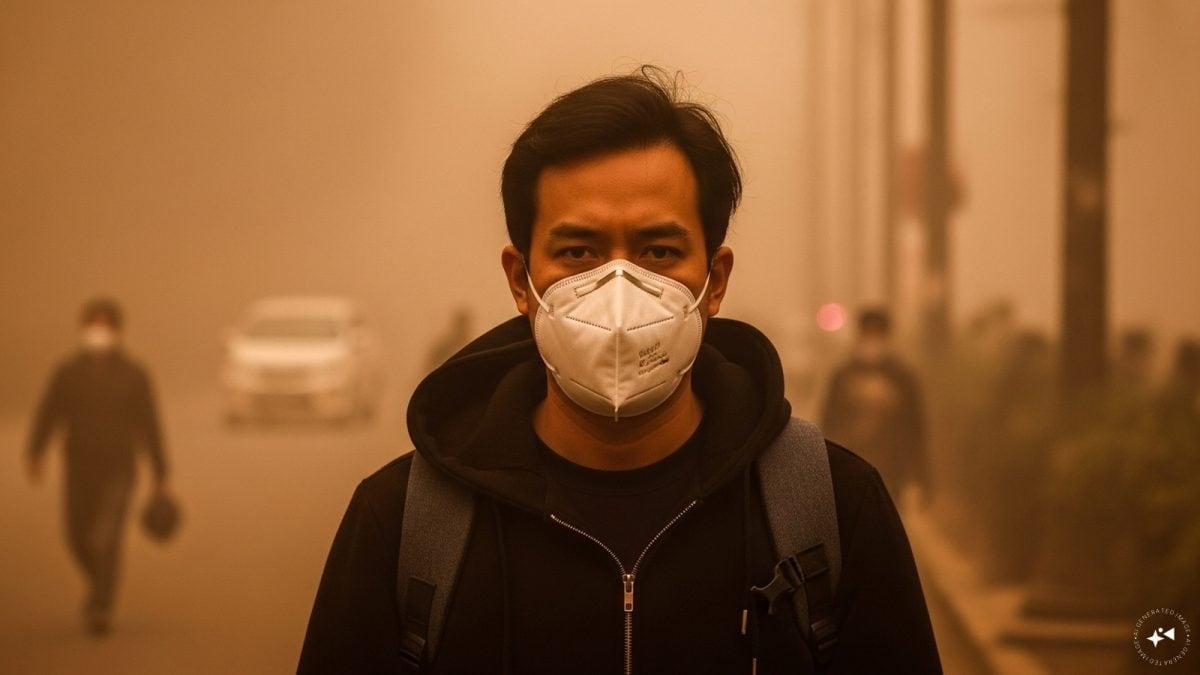ARTICLE AD BOX
Last Updated:October 21, 2025, 07:18 IST
With people across the national capital celebrating Diwali with fireworks on Monday night, Delhi's air quality deteriorated.

Delhi's air quality worsened after Diwali night. (Representative Image)
With people across the national capital celebrating Diwali with fireworks on Monday night, Delhi’s air quality deteriorated, with most of the monitoring stations marked in the ‘red zone’. The firecrackers worsened the air quality in the national capital with the air becoming toxic and fog everyone.
According to the latest figures from the Central Pollution Control Board, Ghaziabad recorded the highest pollution on Tuesday morning. The air in Delhi NCR was already bad before Diwali, however, following the bursting of firecrackers burst on Monday night, the air has become even more toxic.
According to CPCB, Ghaziabad has recorded 329, Agra 205, Greater Noida 285, Hapur 314, Lucknow 244, Meerut 300, Moradabad 233, Sector 62 339, Varanasi 170, and Prayagraj 196.
Meanwhile, in Haryana, Faridabad has recorded PM 2.5-274, Ballabhgarh 296, Charkhi Dadri 298, Gurugram 340, Manesar 301, and Rohtak 345 AQI.
Earlier, the Supreme Court allowed the bursting of green firecrackers between 8 pm and 10 pm on the festival day, but the celebrations continued well past the allotted time.
36 out of 38 monitoring stations recorded pollution levels in the ‘red zone’, indicating ‘very poor’ to ‘severe’ air quality across Delhi.
At 10 pm on Monday, the overall air quality index (AQI) of the national capital was ‘very poor’ at 344, with four stations reporting ‘severe’ air quality (above 400).
According to the SAMEER app developed by the Central Pollution Control Board (CPCB), the four stations were Dwarka (417), Ashok Vihar (404), Wazirpur (423) and Anand Vihar (404).
Delhi’s 24-hour average air quality index (AQI), which is reported at 4 pm every day, remained in the ‘very poor’ category at 345, higher than the 326 recorded on Sunday, according to official data.
In the afternoon, 31 out of 38 stations recorded ‘very poor’ air quality, while three stations fell under the ‘severe’ zone, as per the data.
The air quality is expected to slip into the ‘severe’ category more widely on Tuesday and Wednesday.
The CPCB categorises AQI between 0 and 50 as ‘good’, 51 and 100 ‘satisfactory’, 101 and 200 ‘moderate’, 201 and 300 ‘poor’, 301 and 400 ‘very poor’, and 401 and 500 ‘severe.’ Transport emissions contributed 15.6 per cent to Delhi’s air pollution on Monday, while other factors, including industries, accounted for 23.3 per cent, data from the Decision Support System (DSS) showed.
On Sunday, the Commission for Air Quality Management (CAQM) invoked Stage II of the Graded Response Action Plan (GRAP) across Delhi-NCR.
The move followed a review of the sub-committee on GRAP on Saturday and forecasts by the India Meteorological Department (IMD) and the Indian Institute of Tropical Meteorology (IITM).
On October 15, the Supreme Court allowed the sale and bursting of green firecrackers in Delhi-NCR between 6 am and 7 pm and again from 8 pm to 10 pm on Diwali eve and the day of the festival.
The News Desk is a team of passionate editors and writers who break and analyse the most important events unfolding in India and abroad. From live updates to exclusive reports to in-depth explainers, the Desk d...Read More
The News Desk is a team of passionate editors and writers who break and analyse the most important events unfolding in India and abroad. From live updates to exclusive reports to in-depth explainers, the Desk d...
Read More
First Published:
October 21, 2025, 07:18 IST
News india Delhi Wakes Up To Toxic Air After Diwali, Fireworks Deteriorate Air Quality To 'Very Poor'
Disclaimer: Comments reflect users’ views, not News18’s. Please keep discussions respectful and constructive. Abusive, defamatory, or illegal comments will be removed. News18 may disable any comment at its discretion. By posting, you agree to our Terms of Use and Privacy Policy.
Read More

 8 hours ago
6
8 hours ago
6








 English (US) ·
English (US) ·